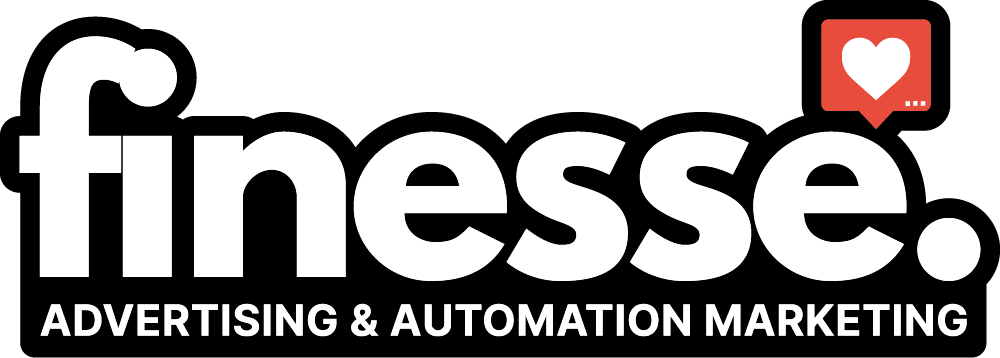Stay Informed
Insights, Tips, and Trends

Boost Your E-commerce Sales: Product Page SEO Strategies for Google

How to Optimize Product Pages for Google SEO: A Complete Guide
If you're running an e-commerce store, your product pages are the heartbeat of your business. But what’s the point of having great products if no one can find them? That’s where Google SEO for product pages comes in. In this post, we’ll break down the essential strategies to optimize product pages for higher rankings and better conversions.
1. Start with Keyword Optimization
Your first step in product page SEO is choosing the right keywords. Use tools like Google Keyword Planner or Uber suggest to find high-volume, low-competition phrases relevant to your product.
Tips:
Use long-tail keywords like “best running shoes for flat feet”
Include keywords in your product title, URL, and H1 tag
Avoid keyword stuffing—keep it natural and readable
2. Write Unique, SEO-Optimized Product Descriptions
Copying manufacturer descriptions won’t cut it. Google values unique content, and so do your customers.
How to improve:
Write detailed descriptions using your target keywords
Highlight benefits and features
Break content into short paragraphs or bullet points for readability
Avoid duplicate content across similar products
3. Optimize Meta Tags for Product Pages
Your meta title and meta description are the first things people see in Google search results. Make them count.
Best Practices:
Keep titles under 60 characters
Include primary keywords and product names
Make descriptions compelling with a CTA (e.g., “Shop now”, “Learn more”)
4. Use High-Quality Images with Alt Text
Images aren’t just for aesthetics—they’re also important for SEO. Use descriptive file names and alt text to help Google understand what the image is about.
Tips:
Use original photos where possible
Add your keywords naturally in alt attributes
Compress images to improve page load speed
5. Implement Structured Data (Schema Markup)
Use Product Schema to provide Google with more info about your product, such as price, ratings, availability, etc.
Benefits:
Enhances visibility with rich results (stars, price, etc.)
Helps improve click-through rates
Makes your listings more competitive
6. Ensure Mobile & Page Speed Optimization
With the majority of traffic coming from mobile, having a fast and responsive design is key.
Checklist:
Use a responsive theme
Optimize images for faster loading
Use Google PageSpeed Insights to identify issues
7. Internal Linking & URL Structure
Google crawls your site through internal links. Make sure your product pages are easily accessible.
Tips:
Link to related products or blog posts
Use clean, keyword-friendly URLs (e.g., /running-shoes/ultra-boost)
Avoid unnecessary URL parameters
Conclusion
Optimizing your product pages for Google SEO isn’t a one-time task—it’s an ongoing process that can significantly impact your visibility and sales. By implementing keyword optimization, writing unique product descriptions, improving technical SEO, and leveraging structured data, you set your online store up for long-term success.
How Ads with Finesse Can Help You
At Ads with Finesse, we specialize in crafting ad campaigns that highlight the best customer experiences, ensuring your audience connects with your brand on an emotional level. Our team carefully selects authentic, high-impact reviews and seamlessly integrates them into your ad strategy.
Learn more about our services today and turn your Google Product SEO Page into your most powerful marketing tool with Ads with Finesse.
Let’s create ads that resonate, convert, and build trust.
Check out our blog and services at adswithfinesse.com.

© 2024 Ads with Finesse | Terms & Conditions | Privacy Policy
Ads With Finesse continually stays up to date with Meta & Google marketing changes related to policies, tools, products and more.
